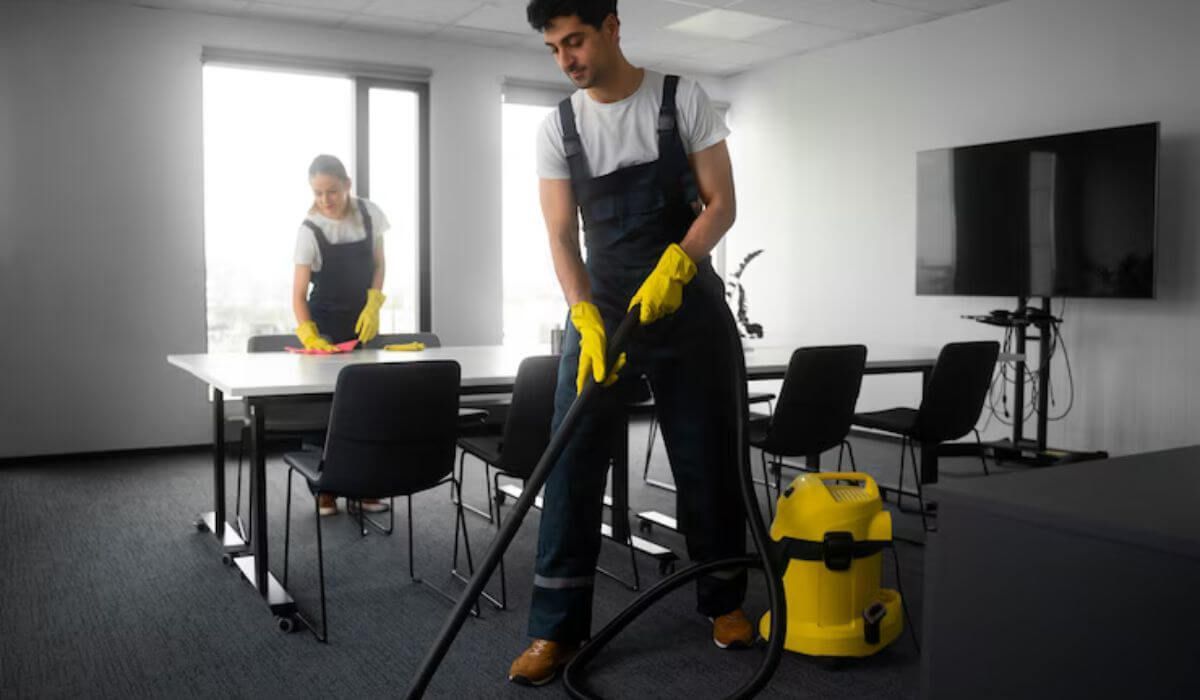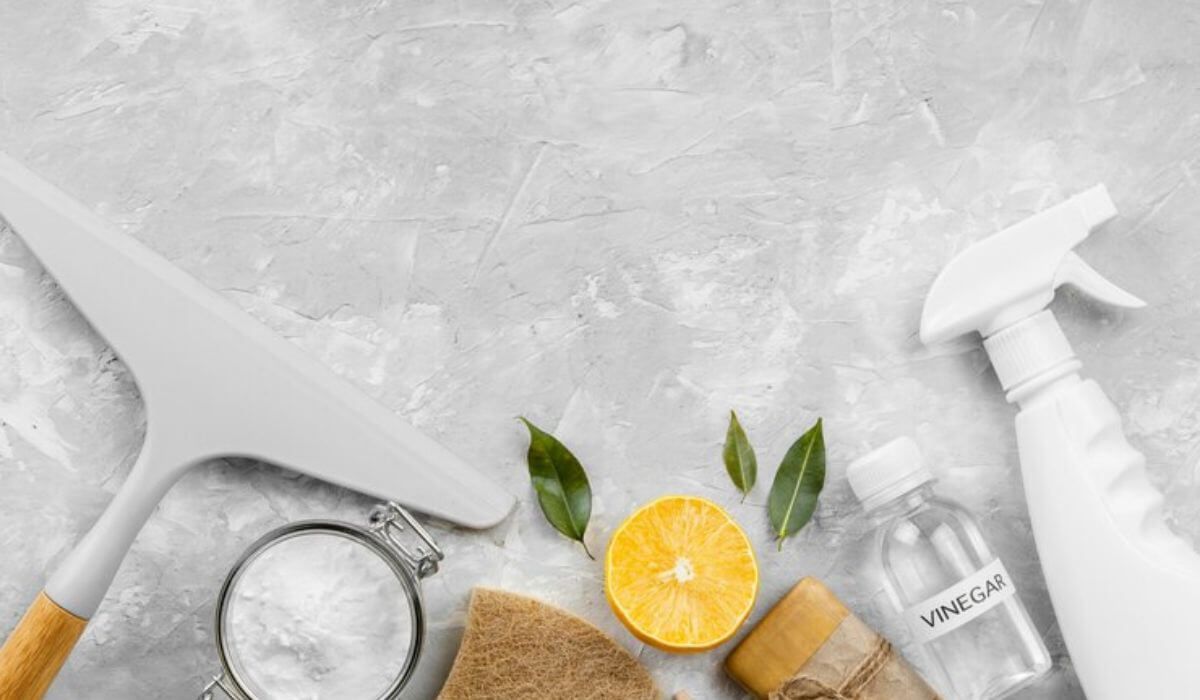Dry Carpet Cleaning for Offices: Fast & Efficient Solutions
Keeping office carpets clean isn’t just about looks—it’s about health, productivity, and professionalism. If you’re managing an office in Sydney, you’ve probably wondered: Which method is better—steam or dry carpet cleaning? This guide breaks down the pros and cons of each, especially focusing on the rising popularity of dry carpet cleaning for busy workspaces. Whether you’re a facility manager, office admin, or business owner, understanding the right solution can save you time, money, and plenty of headaches.
In this article, we’ll walk you through real-world insights, practical advice, and what other Sydney offices are choosing when it comes to keeping their carpets fresh and hygienic.
Understanding Commercial Carpet Cleaning Methods
Key Differences Between Steam and Dry Carpet Cleaning in Sydney Offices
Let’s start with the basics. Steam carpet cleaning (also known as hot water extraction) involves injecting hot water and detergent into the carpet and then vacuuming it out. It’s great for deep stains and heavily soiled areas.
Dry carpet cleaning, on the other hand, uses minimal moisture. Special cleaning compounds or powders are sprinkled onto the carpet, agitated into the fibres, and then vacuumed out. It’s faster, cleaner, and ideal for offices that can’t afford downtime.
Why Choosing the Right Method Matters for Office Environments
Choosing between the two isn’t just about stain removal. It affects:
- Air quality and dust mite control
- Employee comfort and allergy reduction
- Professional appearance for clients and visitors
- Operational downtime due to drying periods
Pros and Cons of Steam Carpet Cleaning for Sydney Offices
Real-World Advantages and Limitations of Steam Carpet Cleaning
Steam cleaning is popular for a reason. It penetrates deep into carpet fibres and flushes out grime, bacteria, and allergens. It’s especially effective for high-traffic areas or carpets that haven’t been cleaned in a while.
Advantages:
- Excellent for deep cleaning
- Kills bacteria and dust mites
- Refreshes old carpets
Limitations:
- Long drying time (6–24 hours)
- Can disrupt work schedules
- Not ideal for all carpet types
- May leave residue if not done properly
When Steam Cleaning Is the Best Choice for Your Workplace
If your office has a lot of foot traffic, visible stains, or hasn’t had a proper clean in years, steam might be the way to go. It's also suitable for end-of-lease situations or one-off deep cleans.

Pros and Cons of Dry Carpet Cleaning in Offices
Practical Benefits of Dry Carpet Cleaning for Busy Offices
Now let’s talk about why more Sydney offices are opting for dry carpet cleaning.
Advantages:
- Fast drying time – carpets are ready to walk on within an hour
- Minimal disruption to office activities
- Safe for delicate carpet types
- Eco-friendly options available
In our experience at Everyday Clean, clients love how dry carpet cleaning fits into their tight schedules without interrupting staff or clients.
Considerations and Limitations of Dry Carpet Cleaning
While convenient, it’s not perfect for every situation.
Limitations:
- Less effective for deep, embedded stains
- Might require more frequent cleaning for high-traffic zones
- Not a replacement for occasional deep steam cleans
Still, for regular maintenance, dry carpet cleaning strikes the right balance between efficiency and cleanliness.
Everyday Clean’s Recommendations: How to Choose the Best Office Carpet Cleaning Service
What to Ask Your Provider Before Booking
Here’s a simple checklist to help you choose the right team:
- Are the cleaners trained in both steam and dry carpet cleaning?
- Do they offer eco-friendly products?
- Can they clean after hours or on weekends?
- Are there client testimonials you can review?
- Is their service covered by insurance?
Experience from Sydney Office Clients
One of our clients in North Sydney, a busy co-working hub, switched to monthly dry carpet cleaning. Staff reported fewer allergic reactions, the space stayed fresh, and there was zero downtime during business hours. They now bundle it with their general office clean for complete care.
When to Schedule Carpet Cleaning for Minimum Disruption
- Early mornings or late evenings before/after work hours
- Fridays—allowing carpets to rest over the weekend
- During public holidays or office closures
- Coordinate with your general cleaners to reduce repeat visits

FAQs
How Often Should You Clean Office Carpets in Sydney?
It depends on foot traffic and environment. Here’s a general guide:
- High-traffic offices: every 1–2 months
- Medium-traffic spaces: every 3–4 months
- Low-traffic offices: twice a year
For most clients, we recommend alternating between dry carpet cleaning monthly and an annual deep steam clean.
Will Commercial Carpet Cleaning Extend Carpet Lifespan?
Absolutely. Regular professional cleaning (especially with methods like dry carpet cleaning) removes grit and allergens that cause wear and tear. It keeps carpets looking vibrant and helps you avoid premature replacements—which can cost thousands.
Steam or Dry? Our Verdict for Sydney Offices
So, which one should you choose?
If you need:
- Deep stain removal
- A once-a-year refresh
- A bond clean for vacating a space
Choose steam cleaning
If you want:
- Quick turnaround with no wet carpet
- Regular maintenance
- Less disruption to your workday
Go with dry carpet cleaning
Still not sure? A combination of both might be your best bet!
Book Your Next Commercial Carpet Cleaning in Sydney – Contact Everyday Clean
At Everyday Clean, we understand the pressure of keeping offices spotless while balancing operations. That’s why we offer flexible packages for both steam and dry carpet cleaning tailored to Sydney businesses just like yours.
- Get a tailored quote
- Free consultation and site inspection
- After-hours and weekend options available
Whether you manage a corporate HQ, a co-working space, or a quiet design studio, we’ll help you create a clean, welcoming, and professional environment.
Contact Everyday Clean today to book your next dry carpet cleaning and keep your workplace fresh, efficient, and inviting—without ever missing a beat.


